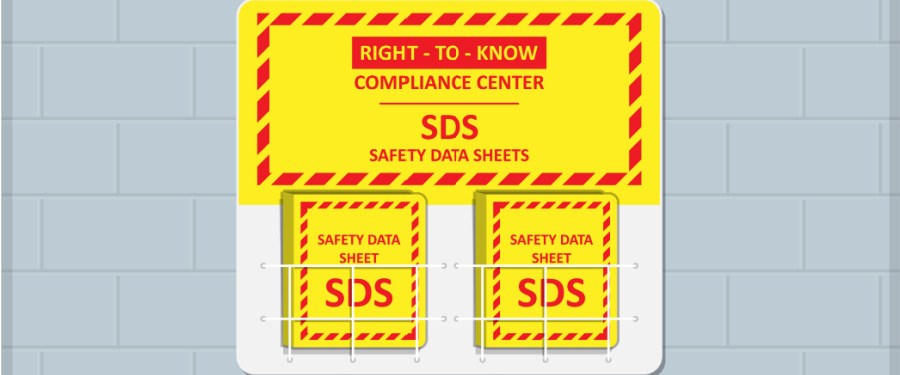Safety Data Sheets (SDS)
December 27, 2023
How to Ship Hazardous Materials Safely with SDSs
Written By: Narek Hakobyan
If you work in the life sciences and healthcare industry, you may have to deal with shipping hazardous materials regularly. These materials can pose serious risks to health, safety, and even the environment if not handled appropriately. That is why it is important to know about Safety Data Sheets (SDS), the documents that provide essential information about the hazardous products you ship. In this blog post, you will learn what Safety Data Sheets are, why they are important, and what items require them.
What Is a Safety Data Sheet?
Safety Data Sheets, previously referred to as Material Safety Data Sheets (MSDS) are documents that contain vital information about hazardous materials. They are required when shipping hazardous materials and provide information about the chemical properties, handling procedures, and emergency response measures. SDSs also outline the necessary steps for handling, storing, and disposing of these materials.
Why Is It Important?
Safety Data Sheets are important for logistics and shipping because they help ensure hazardous materials' safe and legal transport. They provide information about the hazards, precautions, and emergency measures for the products being shipped. They also help shippers and receivers follow the rules and regulations for classifying, labelling, packaging, and documenting hazardous materials. SDSs are essential for avoiding accidents, injuries, or environmental damage during shipping.
What Items Require a Safety Data Sheet:
In the life sciences and healthcare industry, products that require SDSs include, but are not limited to:
- Biological Specimens: This category includes human or animal specimen, blood, plasma, and other similar substances.
- Chemicals: This category includes reagents, solvents, acids, bases, and other types of chemicals that can pose a health risk.
- Infectious Substances: This category includes viruses, bacteria, microorganisms, and other substances that can cause infections or diseases.
- Pharmaceuticals: This category includes drugs, vaccines, and diagnostic agents with potential health risks if improperly handled.
- Medical Devices: This category includes any device that contains or is made of hazardous materials that can pose a health risk, for instance, diagnostic test kits.
Conclusion
In conclusion, SDSs are crucial for the safe and legal shipping hazardous materials in the life sciences and healthcare industry. They inform shippers and receivers about the risks and measures associated with the products they transport. By staying informed and following the SDSs, shippers and receivers can ensure the safety of themselves, customers, and the environment.
